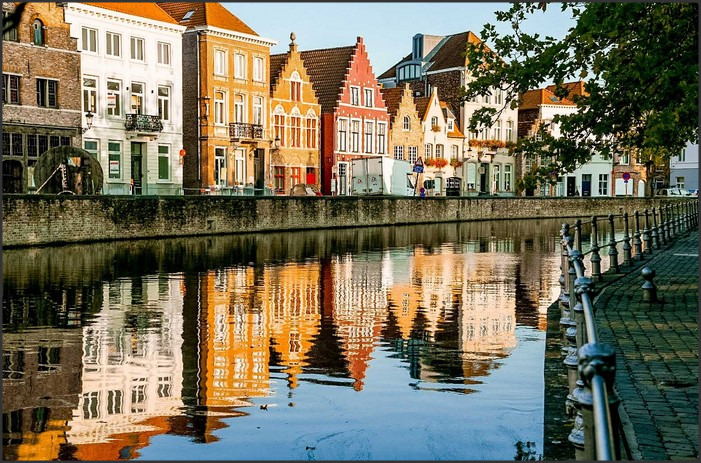Bruges Population: Discovering the Charms of a Belgian City

Source : https://images.squarespace-cdn.com
Bruges is a beautiful city located in the northwest of Belgium. It is a popular tourist destination, known for its picturesque canals, cobblestone streets, and medieval architecture. The city is also home to a vibrant population of over 117,000 people. Bruges is a great place to explore the culture and history of Belgium, as well as to experience the unique charm of a Belgian city. From its stunning architecture to its lively festivals, Bruges has something for everyone. Whether you’re looking for a romantic getaway or a family vacation, Bruges is sure to provide an unforgettable experience.
Exploring the Demographics of Bruges: A Look at the City’s Population
Bruges, the capital of West Flanders in Belgium, is a city steeped in history and culture. With its cobbled streets, canals, and medieval architecture, it is a popular tourist destination. But what about the people who call Bruges home? This article will explore the demographics of Bruges, looking at the city’s population and its makeup.
According to the latest census, the population of Bruges is 117,073. This is a slight decrease from the previous census, which recorded a population of 118,073. The majority of the population is of Belgian descent, with the largest ethnic group being Flemish. Other ethnic groups include Dutch, French, German, and Italian.
The population of Bruges is predominantly Catholic, with around 75% of the population identifying as such. The remaining 25% of the population is made up of other religious groups, including Protestant, Muslim, and Jewish.
The median age of the population of Bruges is 40.5 years, with the majority of the population being between the ages of 25 and 54. The city also has a large student population, with around 20,000 students enrolled in higher education institutions.
The unemployment rate in Bruges is relatively low, at around 5%. The majority of the population is employed in the service sector, with tourism being a major industry. Other industries include manufacturing, retail, and finance.
In conclusion, Bruges is a city with a diverse population. It is predominantly Catholic and Flemish, with a median age of 40.5 years. The unemployment rate is low, and the majority of the population is employed in the service sector. With its rich history and culture, Bruges is an attractive destination for tourists and locals alike.
Uncovering the History of Bruges: How the City’s Population Has Changed Over Time
Bruges, a city in the northwest of Belgium, has a long and fascinating history. For centuries, the city has been a major trading hub and a center of culture and art. Over the years, the population of Bruges has changed dramatically, reflecting the city’s changing fortunes.
In the Middle Ages, Bruges was a bustling port city and a major center of trade. During this period, the population of Bruges grew rapidly, reaching a peak of around 50,000 people in the late 14th century. This population was made up of merchants, artisans, and laborers, as well as a large number of immigrants from other parts of Europe.
In the 16th century, the city’s fortunes began to decline. The port silted up, and the city’s trade links with other parts of Europe were weakened. As a result, the population of Bruges began to decline, falling to around 20,000 by the end of the century.
The population of Bruges continued to decline throughout the 17th and 18th centuries, reaching a low of around 10,000 in the early 19th century. This decline was due to a combination of factors, including the city’s economic decline, the impact of wars, and the spread of disease.
In the late 19th century, Bruges began to experience a revival. The city’s economy began to recover, and the population began to grow again. By the early 20th century, the population had reached around 25,000.
Since then, the population of Bruges has continued to grow steadily. Today, the city has a population of around 117,000 people. This population is made up of a diverse mix of people from all over the world, reflecting the city’s long history as a trading hub and a center of culture and art.
Conclusion
Bruges is a charming city with a rich history and a vibrant population. Its population is diverse and welcoming, and its culture is unique and fascinating. With its cobblestone streets, canals, and medieval architecture, Bruges is a city that is sure to captivate visitors from all over the world. Whether you’re looking for a romantic getaway or a cultural experience, Bruges is the perfect destination.





